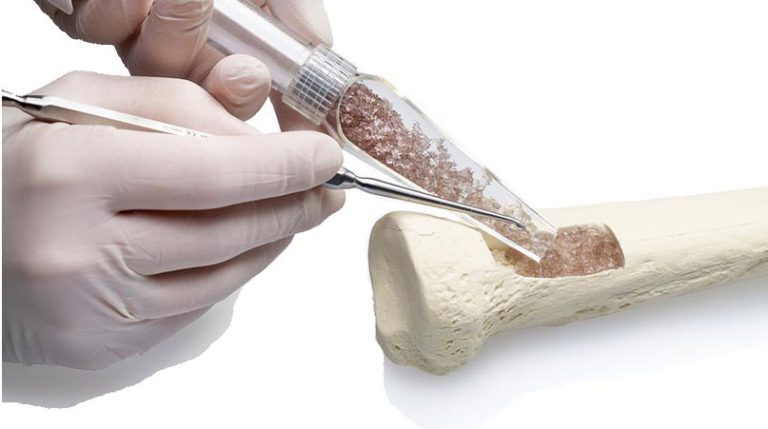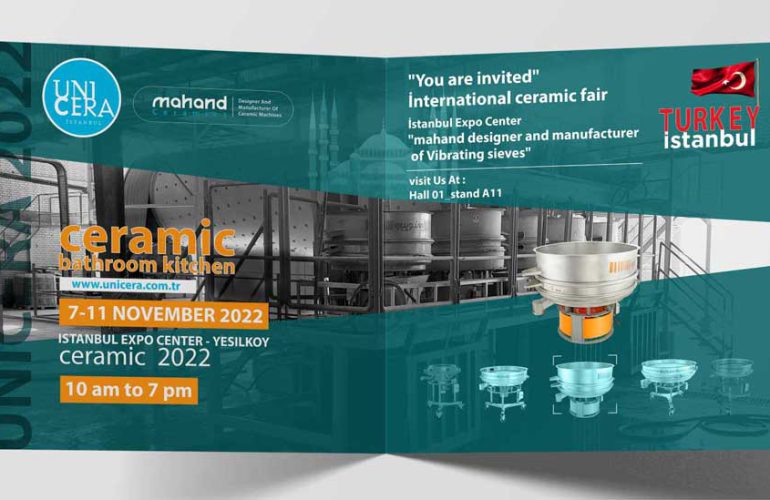In this article, we intend to describe one of the ceramic materials usage that are related to human life.
Medical uses:
Ceramics, these man-made materials, from the beginning of the history of civilization until today have been able to provide very useful materials to humans.From pottery thousands of years ago to nuclear reactors and more recently spacecraft protectors and more.
One of the uses of ceramic materials, which is closely related to human life, involves the use of ceramic parts in the human body.
The first materials used as implants were a combination of rice and copper, which failed to use due to severe corrosion of these substances in the body. Because modern medicine felt the need to use different materials to repair defects in the human body, polymerists introduced a wide range of these materials to the medical community, and metallurgists used new and different alloys to make many orthopedic parts for They made bodies. But even these substances caused complications due to chemical corrosion in the body; Many implants, like artificial implants in the hip, must remain in the human body forever. Hence, researchers found their way into the world of ceramics to obtain materials with better properties.
No substance that is implanted in the human body is completely neutral. However, the corrosion of ceramics is much lower than that of metals due to their inherent nature. Extensive advances in ceramics have led to the achievement of materials with varying chemical, physical, and mechanical properties that can exert their properties for long periods of time in living organisms. To maintain.
Some of these substances are: alumina, pyrolytic and vitreous carbon, calcium and sodium phosphates, etc.


The characteristics that a permanent ceramic implant should have are summarized as follows:
1- Biological compatibility: generally, implant materials should be compatible with body tissues and should not cause allergies or poisoning.
2-Non-corrosion: No biological corrosion occurs in the living organism.
3-Performance efficiency: Must be able to optimally perform the task assigned to them anywhere in the body.
4-Ability to sterilize: Ability to sterilize and disinfect, without changing the composition or altering the physical and chemical properties.
5-Accessibility: Available and easily generated
Finally, due to the presence of ions similar to ions in the physiological environment, such as calcium, potassium, magnesium and sodium, the rating of ceramics as biological materials has increased.




